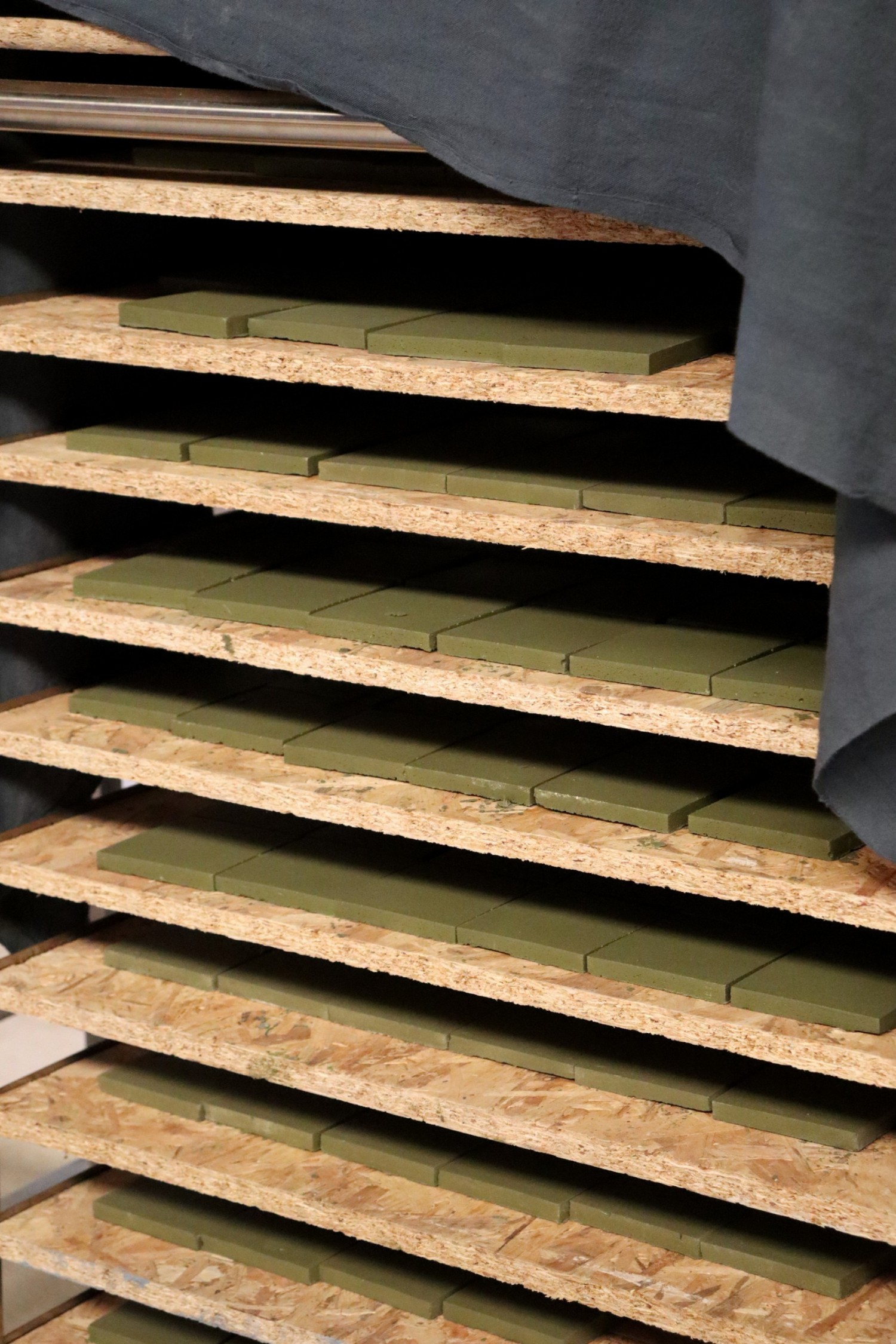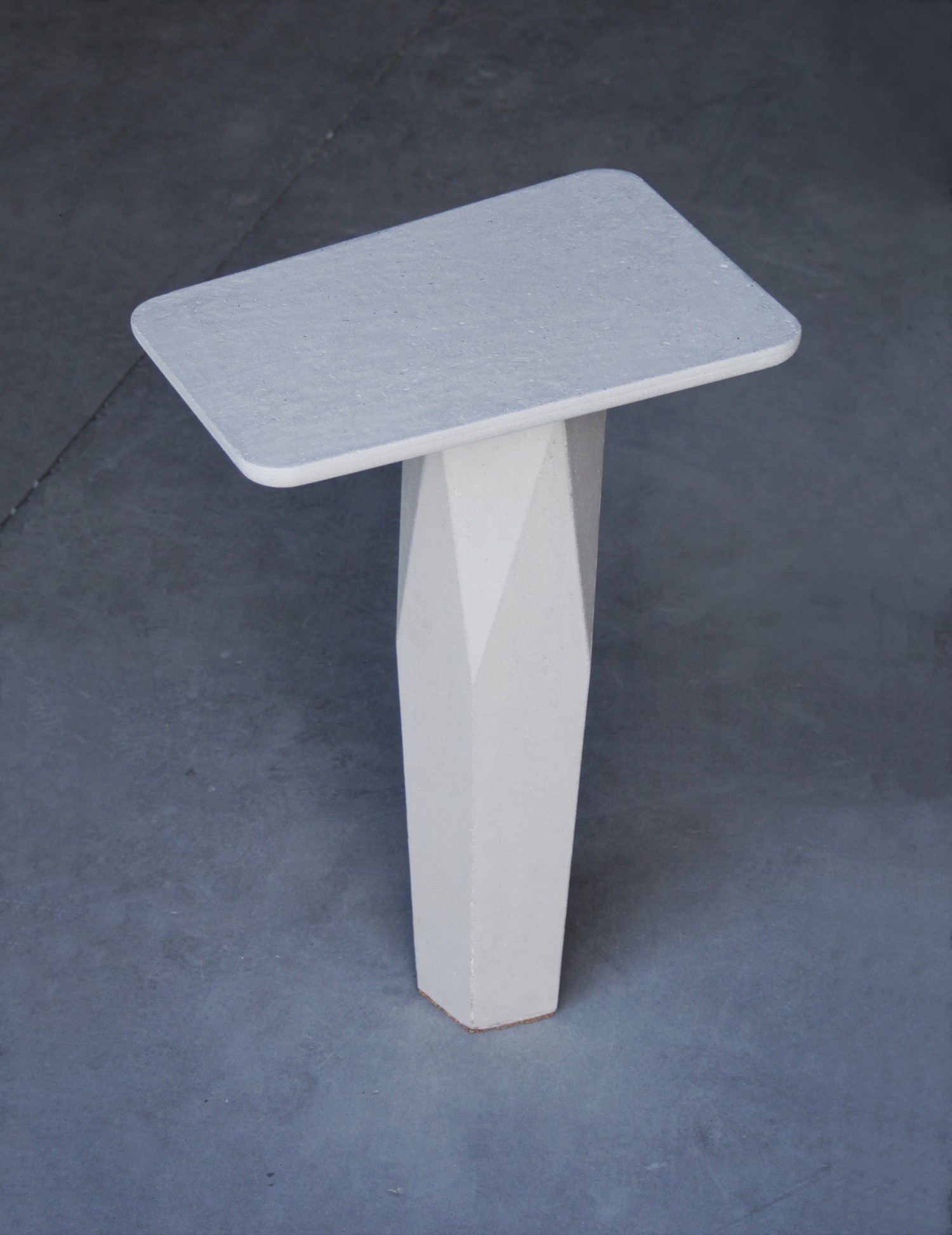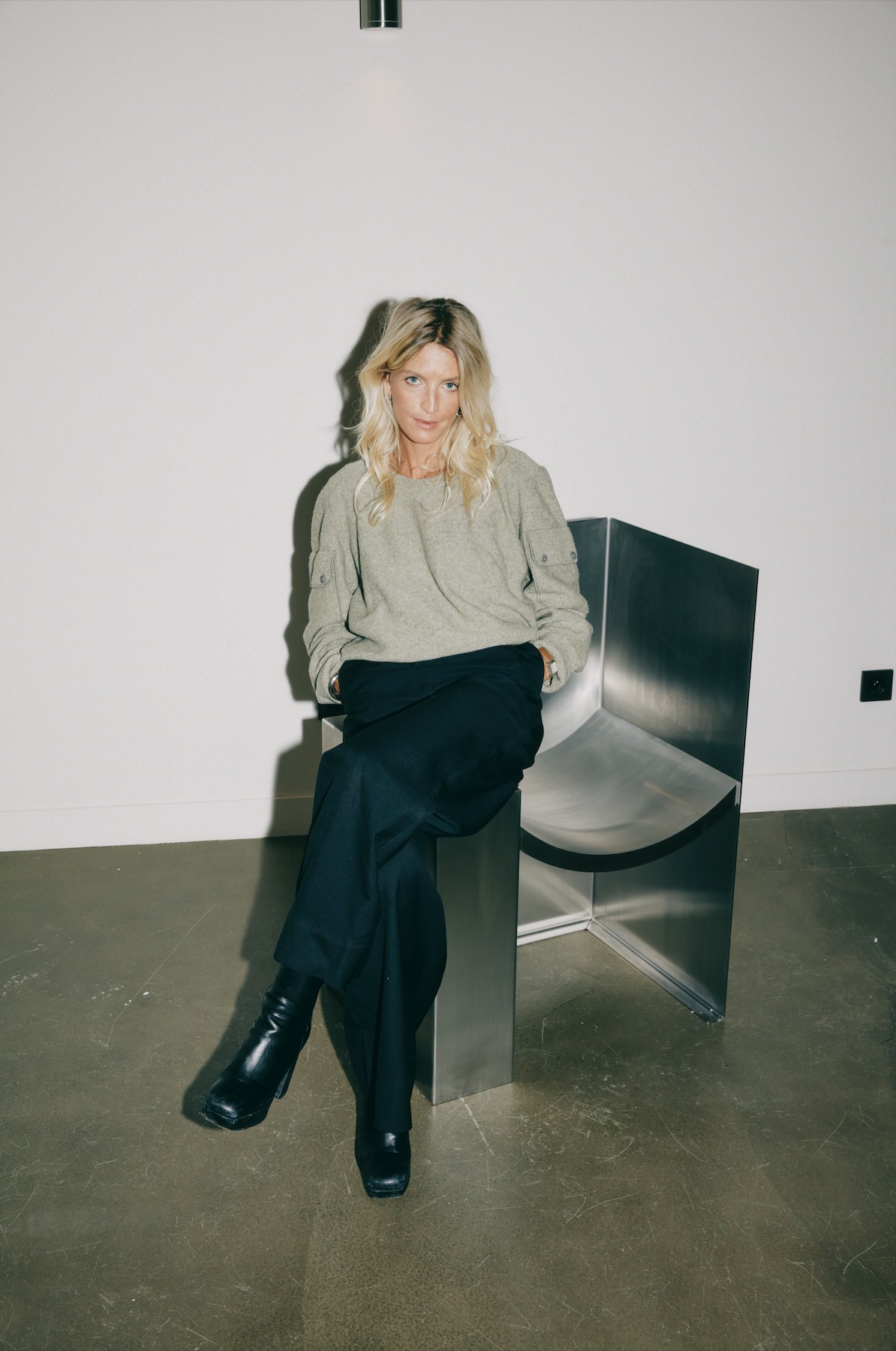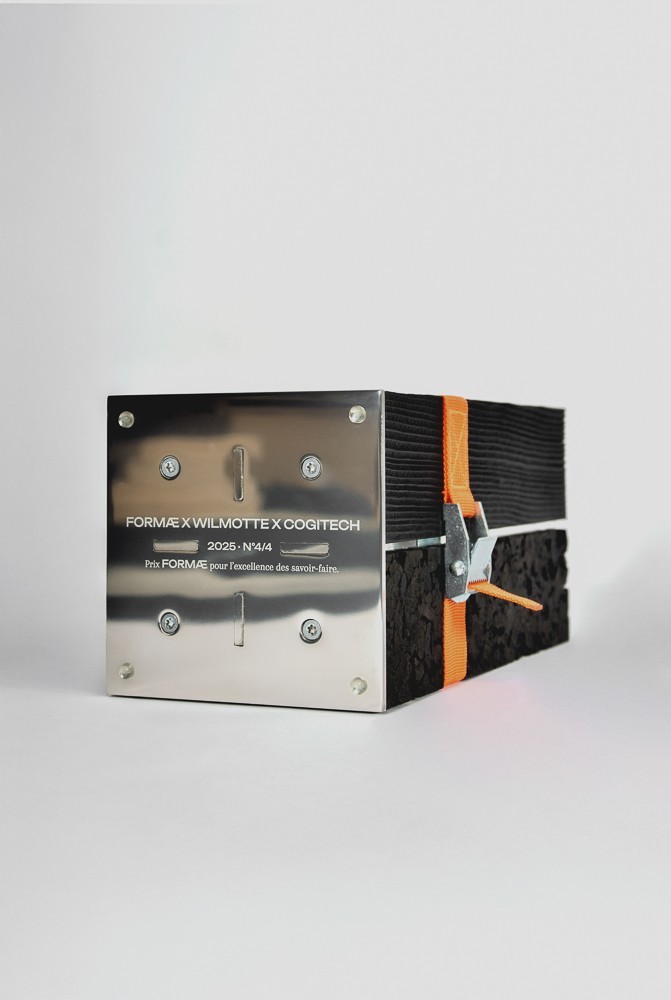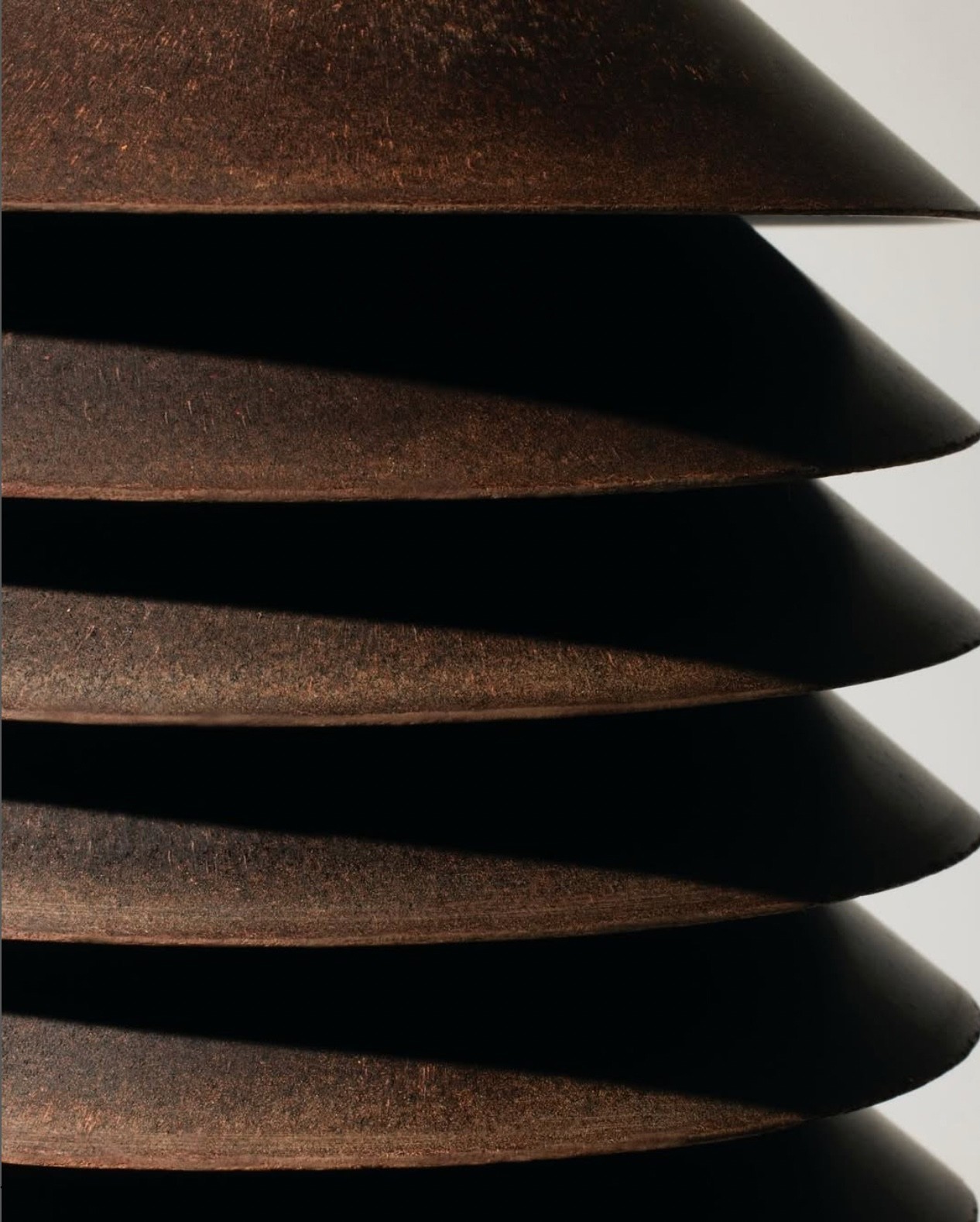Turning Sediments into a Material of the Future.
Gwilen is the Manufacture Laureate of the FORMÆ 2025 Award.
In the Vilaine estuary, the Arzal dam has disrupted the river’s flow, causing massive silting. Architect and engineer Yann Santerre sees this as an opportunity: to use these marine sediments, usually considered waste, to make a sustainable building material. Thus Gwilen, meaning ’Vilaine’ in Breton, was born.
The process developed in the Brest workshop is inspired by diagenesis, the natural process of sedimentary rock formation. Without firing, cement or resin, it transforms harbour sludge into solid, mineral surfaces. The result is a 100% natural, very low-carbon material, somewhere between terracotta, stone and ceramic.
Available in wall tiles or floor tiles, Gwilen is distinguished by its subtle texture, natural or pigmented colours, and a patina that evolves over time. The workshop also develops bespoke objects and furniture projects on a subcontracting or co-publishing basis.
Gwilen does not offer a simple covering, but a circular model where innovation interacts with the landscape to build with what the sea deposits. •
photos : Tiles, intense asparagus green © Gwilen • Materials © Gwilen • Monolith console, Gwilen x Marc Dibeh © Gwilen
